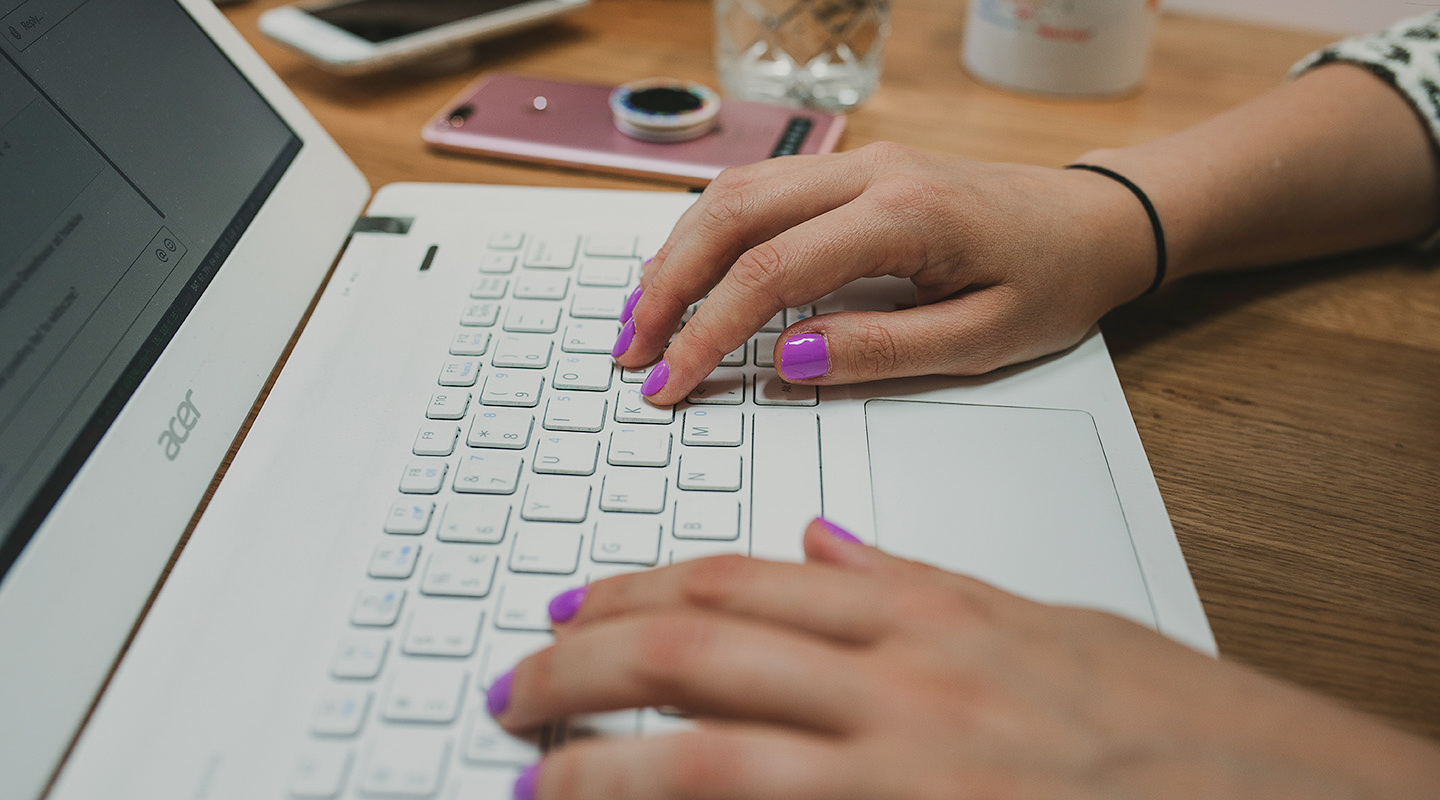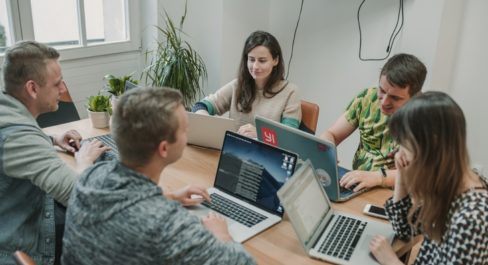AI vs Machine Learning vs Deep Learning - Know the Difference
And what actually is AI or machine learning, or deep learning? In this article, I want to zoom in on the...

In this article, you’ll learn about:
Though the visions sci-fi authors presented us with have yet to really come to fruition, there’s no denying one simple fact: AI is here, and it’s making a change. With more and more AI algorithms surfacing and revolutionizing the way we approach projects, there is one question that keeps popping up now and again: can AI ever replace human creativity?
While creativity as a term is most often associated with the arts, there are plenty of other everyday life areas that involve creative thinking. Pathfinding, journalism, programming – all these fields involve creativity in one way, shape, or form. In this sense, creativity can be understood as the act of taking in data, processing it, and using it to create something completely new.
For the longest time, this was exclusively the domain of humans, but the incredible pace at which technology has advanced has redefined our AI creativity expectations. A 2015 study performed by the Department of Computer Science at Cornell University aimed to see how robots would adapt to impaired movement by having one of their legs removed. None of the researchers expected the robot to start moving by flipping itself upside down and use its joints instead of feet.
2016, on the other hand, has seen Google DeepMind’s AlphaGo system defeat the then-reigning Go champion by coming up with a completely unprecedented strategy. AI has already displayed the ability to come up with solutions beyond the standard human thinking pattern, devising new solutions that no one else had come up with.
This has serious implications, especially for many scientific fields, such as technology and medicine. Bill Gates himself has stated that self-driving cars should be controlled entirely by AI, as a machine’s capabilities to perform structured tasks make them far more capable at the job.
All this shows that not only can we safely say that AI exhibits some form of creativity, but that its specific brand of creativity is better at certain tasks than human creativity. It can quickly gather data and pick up patterns – much faster than humans, actually – which makes them great for producing specific content en masse. Washington Post, Bloomberg, as well as various other newspapers, have taken advantage of this, and their AIs have managed to churn out a hefty amount of finance-related articles in a short amount of time – the perfect task for a machine, as it involves collecting a large amount of data and simply presenting it.
AI can quickly analyze the data we put into it and extrapolating, finding patterns, similarities, differences, all to determine the most fundamental essence of a given thing. That’s how we get AI-generated human faces that are all too lifelike, or how a machine can actually create a piano piece after being loaded with a big chunk of piano classics.
The particular type of creativity offered by AI is a fascinating prospect for employers in fields demanding creative thinking, then, as machines can deal with researching, breaking down, and repackaging data in a relatively serviceable package much faster than a human would.
If we are much slower in processing the data received weren’t enough, humans are held back in many other ways compared to AI. On a fundamental level, any machine is designed with one purpose in mind. On the other hand, humans have concerns related both to our physical bodies and our social needs – we do not exist purely to create.
And that only begets more issues. Because we exist within a society and feel complex emotions, we may sometimes suffer under their weight. Deadlines can make us become completely blocked, unable to concentrate on creating, leading to procrastination. Our emotional states, and our human condition in general, make us volatile. It’s no wonder, then, that AI is often considered better suited for a given task.

Programmers are using creativity to find great solutions and solve problems.
And yet, it’s those emotions responsible for slowing us down that give our type of creativity a unique quality that AI is yet to replicate. There is the obvious internal vs external motivation issue, which isn’t really a thing for AI while being the most effective driving force for humans. Still, emotions give us a perspective that AI lacks.
An AI algorithm can paint can theoretically create an impressionist painting after being fed several artworks of that movement, but not only will such works lack in the context that makes such art means to us, a machine alone cannot make the judgment about whether its creation is actually comprehensible to us. We’ve mentioned before how AI works are relatively serviceable – and this is precisely why.
AI processes data extremely quickly, sure. However, since the data only exists to the AI on a conceptual level, and it has no human experience to speak of, it cannot make any real judgments on the quality of its work. This was very nicely evidenced by a Nutella campaign where an AI designed jars and, while most of them were pretty nice looking, some were not.
It appears, then, that AI’s distinct form of creativity is complementary to that of humans. It can best be described as a paintbrush in the hands of an artist – a good paintbrush can definitely help you create a piece of art that’s more beautiful, but in the end, it’s you who is holding the brush. This applies to the more practical elements of AI creativity just as well – we’re quite sure machine journalists and human journalists both need help from editors, at least every once in a while.
Then again, what if AI does advance to the point that it can handle such creative activities on its own? The answer is actually quite simple. Just like we don’t back down from creative endeavours when we encounter a rival or a partner, we should treat AI just the same – another creative force with a background that’s completely different from yours that’s less of a threat to our existence in the field, and more a motivating force that will egg us on to keep doing better.
AI has certainly made many areas of life easier, with self-driving cars being one example of this technology’s potential both currently and for the future. There is, of course, no shortage of anxiety over AI advancing to the point of rendering humans obsolete in the workplace. Still, AI creativity prospects extend far beyond that, making way for many more incredible feats in the future.
While AI has made considerable leaps in creative fields and will very likely make even greater leaps in the future, there is something unique about the human condition and our creativity that will most likely never be replicated by AI. There may be situations where AI-created works will be absolutely what a given company needs, in which case human emotion may actually act as a detriment, but in most instances, a healthy collaboration between human and AI creatives seems to be the most optimal course of action.

And what actually is AI or machine learning, or deep learning? In this article, I want to zoom in on the...
Nowadays, artificial intelligence is becoming increasingly popular. The term refers to the implementation of human intelligence in machines designed to learn...
What is Logistic Regression? Logistic Regression is a Machine Learning algorithm used to make predictions to find the value of a...